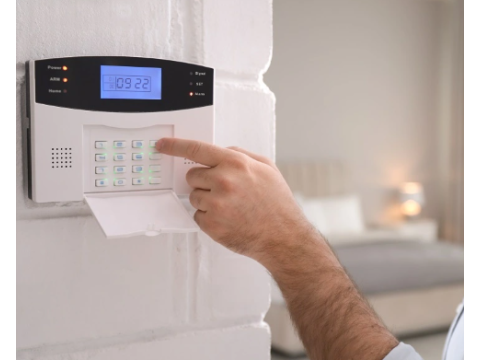INSTALLATION REQUIREMENTS
Setup & Planning
Here’s the deal: there's no single, universal rulebook in the U.S. that spells out how to design and install a security alarm system.
You might come across certain standards like R78.36.032-2013 or RD 78.147-93 when researching, but keep in mind these were mostly guidelines for specialized security services back in the day. Some, like R78.36.032-2013, are already outdated.
This means: double-check whatever you read online about “official” security system requirements. A lot of it doesn’t apply universally. As for those technical standards like GOST? Yeah, those are more or less irrelevant here.
For solid guidance, consider referring to resources like the RD 78.145-93 manual. It’s old-school (1993!), but many of its tips still hold up. Just remember, this guide was designed for agency use under old regulations and doesn’t necessarily reflect modern standards or the latest tech.
BASIC EXPECTATIONS
The primary goal of a security alarm system is simple: detect intrusion attempts early and accurately.
Early detection is especially critical for systems connected to centralized monitoring (like dispatch centers). The sooner the system alerts you, the more time responders have to act.
HOW TO INSTALL SECURITY SYSTEMS
Step 1: Perimeter Protection
For effective early warning, ensure your system covers:
- Windows and glass doors: Install glass-break sensors.
- Entry points (doors and windows): Use contact sensors.
- Weak walls or ceilings: Add vibration sensors.
This is your first line of defense.
Step 2: Interior Coverage
Add motion detectors to your indoor areas. These serve as your backup plan in case perimeter sensors fail.
Step 3: Extra Layers for High-Value Items
If you’ve got safes or rooms storing valuables, reinforce those with dedicated motion or contact sensors.
Step 4: Keep It Flexible
For simpler setups (like at a summer cabin), you can scale back. Motion detectors alone might do the trick, or even a dummy setup if budget is tight.
DESIGNING YOUR SECURITY SYSTEM
Here’s what your plan needs to cover:
- Complete coverage of vulnerable spots – Think windows, doors, and thin walls.
- Preventing tampering – Secure the system from unauthorized access to avoid sabotage (e.g., cutting or bypassing wires).
- Matching tools to the job – Use the right tech for the materials and layout of your property.
For instance:
- Acoustic sensors need to match the thickness and type of glass they monitor.
- Vibration sensors work best when paired with compatible walls or ceilings.
Pro Tip: If you’re connecting your system to a monitoring center, consider adding backup communication channels for extra reliability.
BOTTOM LINE
At the end of the day, your security system should match your property’s value, layout, and level of risk. Whether it’s a simple DIY setup or a professionally monitored system, always customize your plan to fit U.S. standards.
For the best deals and top-tier equipment, visit safsale.com—your trusted partner for all things security!

